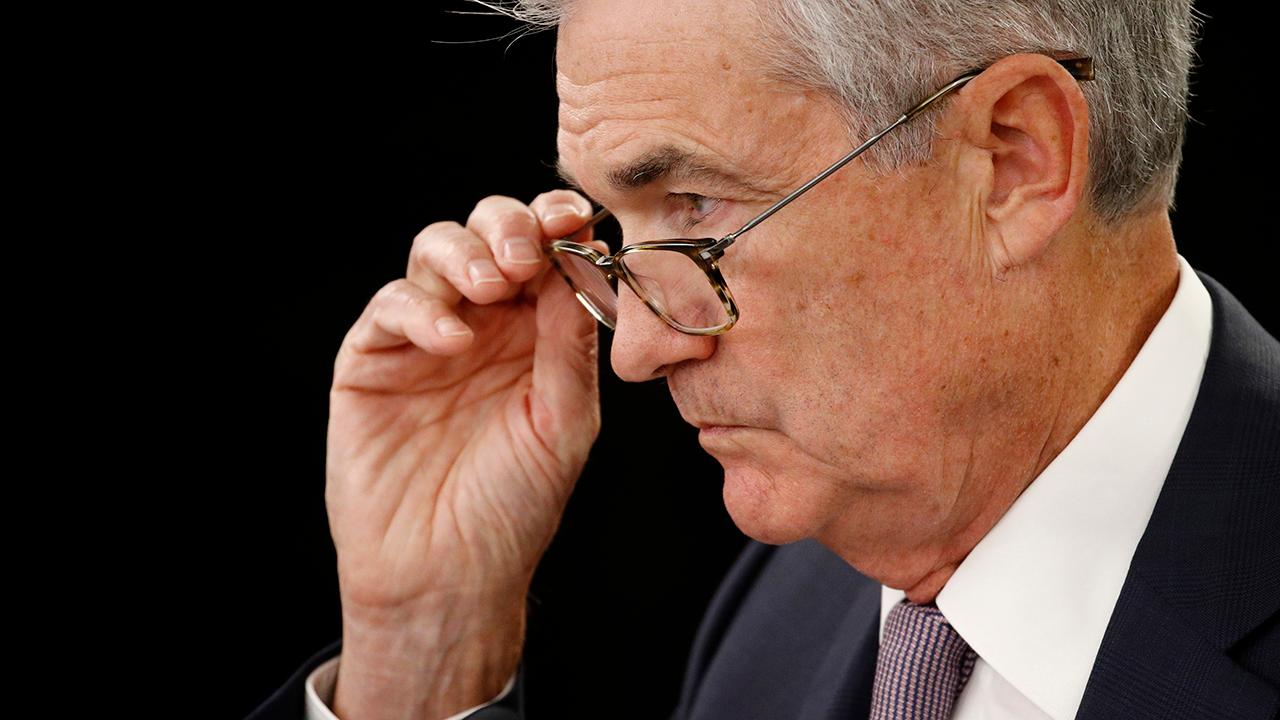Fed cuts rates, cites weakening exports and low inflation
The Federal Reserve on Wednesday cut its benchmark interest rate by 25 basis points, citing weakening exports and low inflation.
The reduction, which lowered the federal funds rate to a range of 1.75 percent to 2 percent, was the central bank’s second in as many meetings. In July, the Fed lowered rates for the first time in more than a decade after hiking them nine times since December 2015.
"Job gains have been solid, on average, in recent months, and the unemployment rate has remained low," the central bank's monetary policy committee said in a statement. "Although household spending has been rising at a strong pace, business fixed investment and exports have weakened. On a 12-month basis, overall inflation and inflation for items other than food and energy are running below 2 percent."
Seven of 10 members voted in favor of lowering rates, with three dissenting. St. Louis Fed President James Bullard preferred a 50-basis point cut, while Kansas City Fed President Esther George and Boston Fed President Eric Rosengren preferred no action.
"Jay Powell and the Federal Reserve Fail Again," President Trump tweeted following the decision. "No “guts,” no sense, no vision! A terrible communicator!" Previously, the president had called for a "big" rate cut from the central bank.
The dot plot that accompanied the decision showed seven policymakers expect the central bank to cut rates one more time this year. Meanwhile, the summary of economic projections upgraded the 2019 forecast for GDP growth by 10 basis points to 2.2 percent, while predicting unemployment would tick up to 3.7 percent.
Slowing growth and the recently inverted yield curve -- a signal from bond markets that investors are more worried about the current economy than future conditions, which are typically more difficult to predict -- have spooked investors and sparked recession fears on both Wall Street and Main Street.
“The Fed sees this as an insurance-type cut," New York-based Bank of America Merrill Lynch Chief U.S. Economist Michelle Meyer told FOX Business on Tuesday. “They are cutting proactively in order to ensure that the recovery continues.”
Wednesday's rate cut was the first after Chairman Jerome Powell called the previous rate cut a “mid-cycle adjustment,” and not the beginning of a series of deeper rate cuts.
At Wednesday's press conference, when asked, Powell declined to again call this a mid-cycle adjustment and instead said the Fed "will act as appropriate to ensure that the expansion remains on track."
When asked how he would respond to criticisms from Trump, Powell said he "continues to believe that the independence of the Federal Reserve from direct political control has served the public well over time" and that the Fed will "continue to conduct monetary policy without regard to political considerations."
While Wednesday's decision was widely expected, traders were thrown for a loop on Tuesday when futures data from CME Group showed a less than 50 percent chance of a 25 basis-point cut as the New York Fed was forced to intervene in money markets to keep rates from spiking above its target. Two hours ahead of the decision, the CME data showed a 75 percent chance of a cut.




















